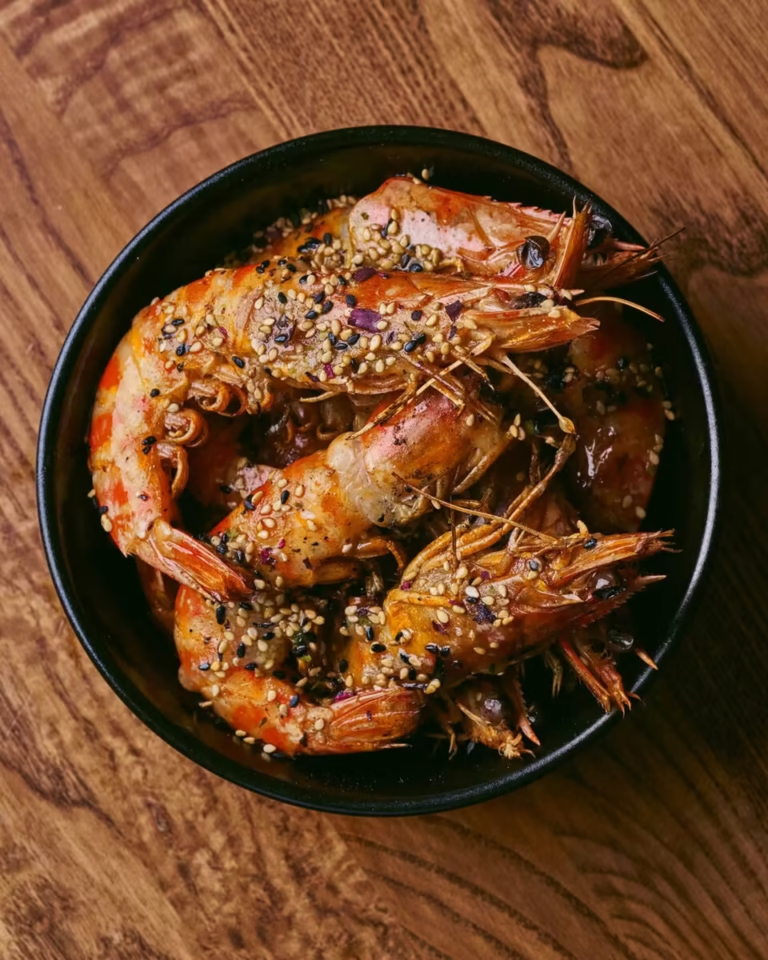A significant component of self-love is to frequently embark on emotional journeys within ourselves with the goal of reaching a specific destination. We want to live lives that are peaceful and content, filled with hope and possibility.
Yet with all the challenges we face on a daily basis, how do we accomplish and sustain positive states of mind? Consider the internal journeys we make from, say, fear to courage, anger to calmness, sadness to joy, despair to acceptance, or from holding on to letting go. These are just a few. Our internal journeys embody a shift from one side of ourselves to the other. As we begin this shifting process, we must move as quickly as possible to the destination of wellbeing and balance and away from confusion, depression and feelings of stuck-ness. Life is hard. We will be required to manage many complex emotions. Like alchemists, it is our responsibility to turn painful things into bearable peaceful things.
The idea that life is all about the journey and NOT the destination (a famous quote by Ralph Waldo Emerson) is one of the most commonly held ‘myths’ circulated worldwide by gurus and wellbeing experts alike; it is misleading at best and dangerous at worst. Especially in the world of mental health. This nebulous ‘myth’ has become deeply embedded within the psychology of mindfulness and wellbeing dogma everywhere. Unfortunately, such rhetoric has galvanised ‘experts’ into taking a myopic view on what tools are critical for cultivating self-love, personal power and a sound mind.
Self-love demands that we keep ourselves on an upward trajectory; it is the very nature of love to flow, adapt, lift, nourish, and soothe. Self-love is the force that facilitates recovery from so many of our human ailments, broken hearts, loss of loved ones and many other setbacks that are part of this incredible and challenging life. When we can learn how to generate self love from within ourselves, it will help us move out of depression, pessimism, and low moods; instead, filling us up with a gentle, determined spirit in pursuit of joy, peace and happiness.
Obviously, the journey bit is essential too. In fact, it is vital. But we can only truly reflect on our emotional journeys once we have reached the desired destination. Think back to the ex-boyfriend or the failed business. How much was learned while you were actually in the moment, perhaps hoping he would change or that the business would pick up again? Ever noticed that it is only once you have healed/recovered and somewhat moved on from the more powerful emotions of those experiences, once you reached a safer destination, that you can genuinely reflect on the fullness of what the experience meant to you, what it taught you, and how it shaped you. It seems reaching your destination is necessary to understanding your journey.

Reflection and/or analysis require perspective, and perspective requires distance. But healing and wellbeing require connection, not distance. When making emotional shifts, we need to be connected to ourselves to have a strong enough ego to pull us through to the other side. To get us to our destination, which is out of negative emotional states and into positive ones.
This is not advocating toxic positivity nor is it a suggesting that you attempt to bypass negative emotions that need your attention. It is about being committed to your own contentment and well-being, not taking life too seriously and being vigilant about moving into positive states, without ignoring the lessons or communications that lie beneath our negative feelings. I’m just saying, we love, we work, we love and we learn, we gotta keep it moving.
Reaching a desired positive emotional destination or dwelling in the journey is the distinction between ordinary suffering and suffering that has become stuck or pathological. We have to be careful NOT to get stuck in the journey phase of our… journey. We want to avoid descending into more profound suffering, depressive states and/or low moods that may become more difficult to move out of overtime. Haven’t you heard the saying: “when you are going through hell, don’t stop to take pictures!” If we genuinely want to heal, let go of something or someone, find acceptance or recovery from loss, let us not hang about in pain. Instead, we can choose self love and adopt a solid and determined spirit to reach our destination, out of discomfort and into peace. To this end, we will not be deterred.
Though I walk through the valley of the shadow of death, I will fear no evil: for thou art with me.
Psalm 23
Grief is not a disease but some people become ill from grief. Freud was one of the first to attempt to understand why. In his paper ‘Mourning and Melancholia,’ he discusses the internal work the patient must do to overcome their grief.
I believe this internal work refers to moving out of the journey into the destination. Those of us who become ill from life’s disappointments may do so because we get stuck in the journey phase, not pushing through diligently to reach a happier destination.
As an accredited Psychotherapist and Coach in Private Practice, my specialisation is working with women. I love my job. Day in, day out, I watch my clients sit opposite me, overcome with despair. They are stuck in the journey part of the process. Stuck wondering why the relationship didn’t work or why they can’t seem to hang on to any personal power or stand up to their parents or believe they are worthy of love. Action is required here. We do not feed our problems with our thoughts and attention, rather we starve them with action.
Many of my clients have a core belief, whether conscious or unconscious, that their pain and discomfort are part of the journey and somehow are a normal rite of passage. There is no real value in dwelling in our suffering. We need to take ‘inner’ action every day to move out of negative emotions as swiftly as we can.
Clients often ask me what tools they will need to become more adept at making these quantum leaps over the journey part of the process and into the destination we seek. For each person, it is different. For me, it is prayer, writing, singing and getting still that eventually shift me out of an unwanted state into a more desired place. For others it is dancing or exercise. Some need a few days in nature or a family trip. Some bake, others have a good cry. More long term, it can take one to hit a rock bottom to make that journey to more positive mindset, becoming sick and tired of being sick and tired.
Either way, if we can love ourselves enough to forge through the journey of bad feelings and reach our destination of feeling good we’d be better off. Much like daily exercise, keeping your ‘journey to destination’ process expeditious and dynamic is a sign of good emotional fitness. Try to become conscious of what helps you shift from negative to positive states and keep doing that!
“My destination is no longer a place, rather a new way of seeing” —Marcel Proust
For more information visit www.nancyelliottcoaching.com







